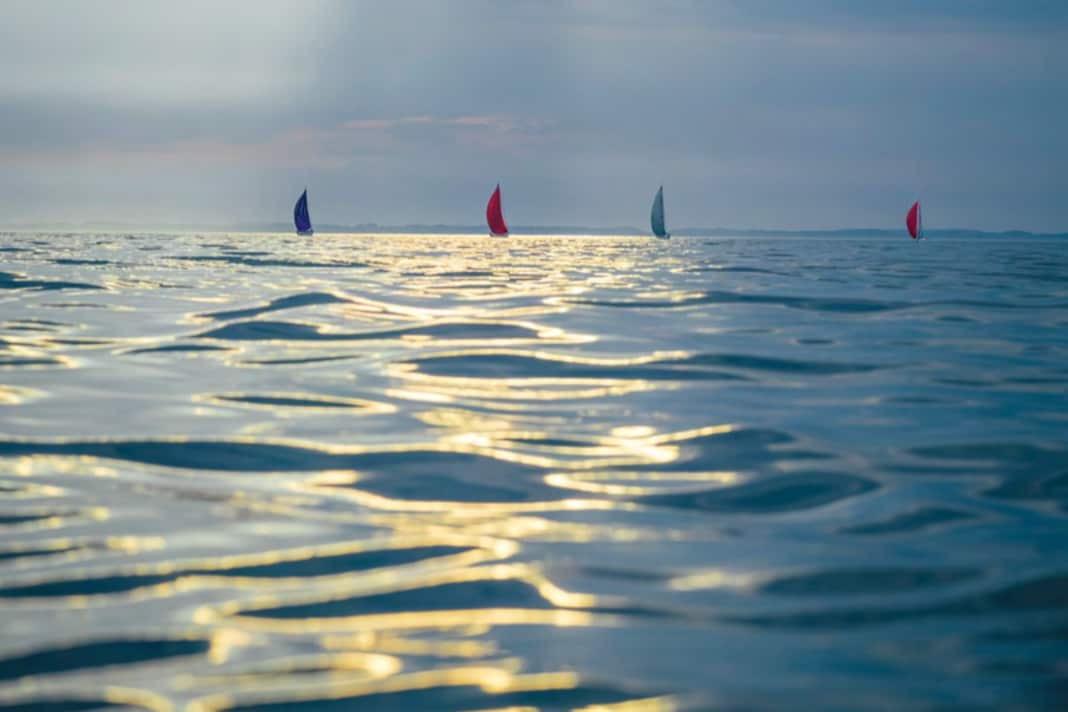



It's the last full week of June in the year, and everyone in sailing knows what that means: changeable weather over Kiel. But why is it usually so unstable at this time of year?
Very often, the first strong area of high pressure builds up over Central Europe in spring. If this is not immediately followed by another high pressure area, as was the case in 2017 and 2019, the jet stream - the high-altitude wind - takes a direction of flow from west to east again for a certain period of time and directs Atlantic low-pressure areas towards northern Europe. And this phase can often remain in place for a longer period of time.
One low after another chases across the North Sea and Baltic Sea. Small intermittent high phases calm the weather situation again and again for a short time, but the overall impression of Kieler Woche is mostly wet and windy weather.
Lulls tend to be the exception
In this case, lulls are rare. And if a large high should build up and hold directly over the regatta field during this time, there will still be a sailable wind by the afternoon at the latest. This is because in June the difference between land and water temperatures is still large enough for the best sea wind conditions to be expected.
The changeable weather in June is even associated with real dangers. On the one hand, the depression can be so strong that the wind reaches gale force.
On the other hand, there is also a major risk when cold fronts move through, bringing cold air masses and wind shifts after a warm summer phase. They are often accompanied by stormy gusts and thunderstorms. Therefore, the greatest attention should be paid to these locations. However, it can also be dangerous in low-wind conditions at this time of year. This is when small disturbances in the wind field lead to so-called convergence lines.
This is when the Baltic Sea and North Sea air meet. The combination of humidity, summer heat and the confluence of the air masses over land leads to the formation of high-reaching cumulus clouds with mostly powerful thunderstorm cells. These move very slowly from one place to another as there are hardly any high-altitude winds. Nevertheless, they can drift towards the regatta course. In such situations, it is therefore necessary to check the path of these thunderstorm lines every few minutes in order to warn the race organisers in good time and get the athletes off the course before the cells arrive.
The evaluation of the last 20 years shows: at the end of June, a low-pressure situation occurs over the Bay of Kiel in over 80 per cent of cases"
In the last five years, however, a longer-lasting high-pressure influence has been observed more frequently during this period. Due to climate change and the resulting weaker jet stream, high-pressure conditions last longer. The typical Kiel Week weather could therefore change permanently, with weak wind phases becoming more frequent and rain situations less frequent.
Nevertheless, Kiel-Schilksee lies at a latitude where low-pressure systems will continue to have their home.

